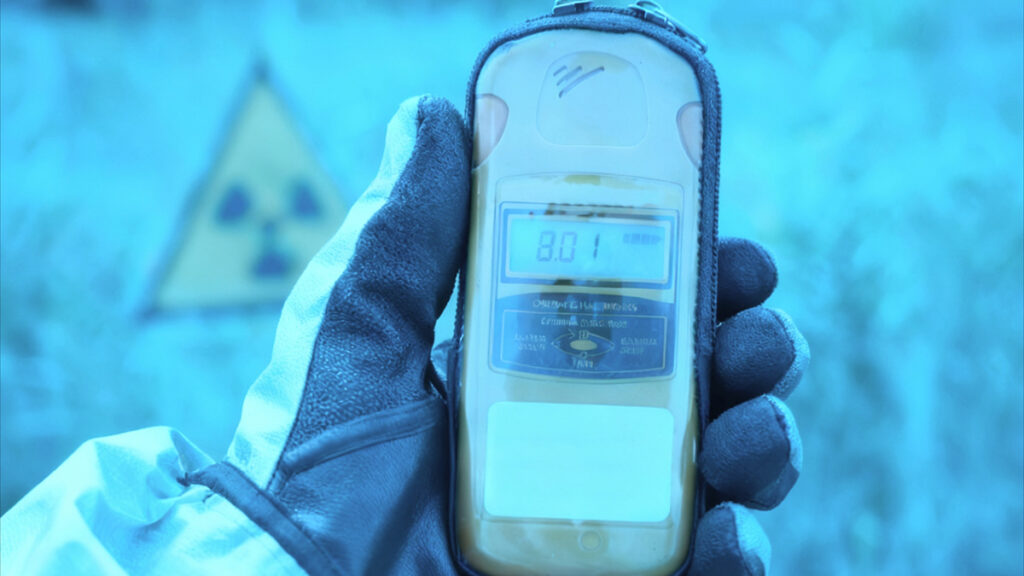ARPA-H Launches the BioStabilization Systems (BoSS) Program to Transform Cell Therapy Distribution
BOSS_ISO_Final_01Dec2025 The Advanced Research Projects Agency for Health (ARPA-H) has announced a landmark Innovative Solutions Opening (ISO) for the BioStabilization Systems (BoSS) program, an ambitious effort to revolutionize how live cell-based therapies are stabilized, manufactured, and distributed. As outlined in the solicitation, BoSS aims to eliminate the field’s dependence on ultra-cold storage and transport, which […]











